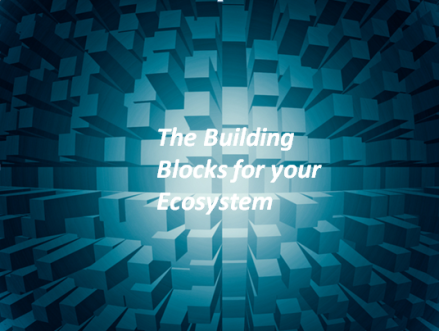 To borrow a phrase from the musician formerly known as Prince, we are innovating, at least in regards to platforms and ecosystems, like it’s 1999. This isn’t to suggest innovation is making beautiful music, but to take you back to a specific point in time and think about the conditions.
To borrow a phrase from the musician formerly known as Prince, we are innovating, at least in regards to platforms and ecosystems, like it’s 1999. This isn’t to suggest innovation is making beautiful music, but to take you back to a specific point in time and think about the conditions.
In the late, late 1990s and very early 2000s, many individuals and corporations were experimenting with ecommerce, learning what the “web” would do to and for commerce.
Thousands of startups obtained billions of dollars in venture capital money to exploit the new idea of e-commerce. We were assured that this would be the end of brick and mortar stores. Every industry would be disrupted by the web. Pet owners would go to Pets.com, famous for its sock puppet mascots. The CEO of Accenture would leave his post to become CEO of Webvan, which would revolutionize grocery shopping and delivery. And so on.
Mostly what happened in that period was a vast blooming of a number of experiments on the web, which led to the “dot com” crash only a few years later and drove many of these startups and some larger, established companies out of business. Most of these crashes happened because no one had figured out how all of this new ecommerce stuff was supposed to work, or because of vague promises of the ability to monetize eyeballs.
New technologies or capabilities will always create a “land rush” of companies, new and established, who seek to stake their claims.
 Today business organizations are in need to put in place the building blocks for managing ecosystem designs.
Today business organizations are in need to put in place the building blocks for managing ecosystem designs.
 We seem to be facing a major crossing-over point in innovation. We can either switch tracks and allow innovation to go on the slower line that continues to stop at all stations, picking up and dropping off, steadily working towards its final goal of “incremental delivery” or, we can decide to keep innovation on the fast track, picking up momentum because we need to treat innovation as ‘core’, essential and needed, to be delivering the growth engine our organizations are requiring today.
We seem to be facing a major crossing-over point in innovation. We can either switch tracks and allow innovation to go on the slower line that continues to stop at all stations, picking up and dropping off, steadily working towards its final goal of “incremental delivery” or, we can decide to keep innovation on the fast track, picking up momentum because we need to treat innovation as ‘core’, essential and needed, to be delivering the growth engine our organizations are requiring today.